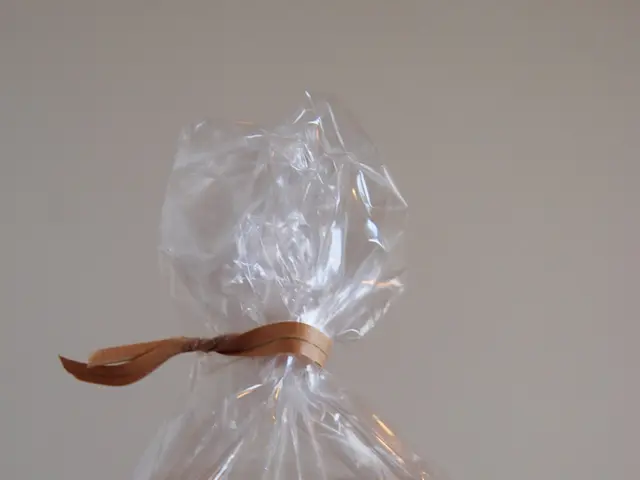Distinct Characteristics of a Conventional Japanese Residence
In Japan, traditional houses, known as 'minka' (民家), offer a glimpse into the country's rich history and cultural values. These homes, once inhabited by farmers, artisans, and merchants, showcase minimalism, tranquility, and natural elements integrating into living spaces and views – essential principles in Japanese architecture.
While individual styles varied by region, some basic characteristics remained consistent in minka architecture. Today, preserved minkas can be found in Shirakawago and the Kiso Valley, although most modern Japanese homes are prefabricated or apartments. However, characteristic features of traditional Japanese houses can still be found within these modern dwellings.
In every home, a 'genkan' space greets visitors. This area, clearly marked for shoe removal, serves as an entrance and is a feature that has survived throughout the ages. Close by, an 'ofuro' (お風呂), a separate bathing area, is common in many Japanese homes – a practice that not only saves water and gas but also reflects the importance of cleanliness in Japanese culture.
Engawa, a space on the edge of a room that was once open to the elements but now often enclosed, is another unique feature of traditional Japanese houses. This versatile area, either a hallway or porch with a wooden floor, offers an opportunity to enjoy fresh air, regardless of the weather.
Much of the house's floorspace is covered with 'tatami' mats, made of rice straw and offering a soft, insulating surface commonly found in living rooms and bedrooms. The 'tokonoma' (床の間), a slight elevation in a room dedicated to displaying art or decorations, is found in many homes, adding a subtle touch of elegance.
Certain features, like the 'irori' (囲炉裏) hearth used for cooking and heating, are now seen mainly in museum-style traditional houses, having given way to central heating or modern fireplaces. Some traditional furniture pieces, such as the 'kotatsu' (こたつ) – an electric blanket-like table – and the 'chabudai' (座敢), a low table used for tea or snacks, remain popular.
Additionally, the 'kamidana' (神棚), a small god shelf near the ceiling acting as a mini-household shrine, can still be found in traditional shops around Japan. Shoji, used as doors, windows, or room dividers, are another distinctive accessory in traditional Japanese architecture – the characteristic wooden frame with washi paper sheets echoed in many Japanese movies.
For an authentic, culturally enriching experience, consider renting a kimono to explore traditional Japanese houses on your travels. Wargo, a reputable kimono rental company, offers numerous locations throughout Japan. Delve deeper into Japan's history and unique architecture by embarking on guided tours organized by our website, or explore the latest travel tips, exciting destinations, and top experiences through our Newsletter.
- Kaiseki restaurants, embodying traditional Japanese cuisine, provide immersive experiences that blend history, culture, and food.
- Exploring old minka houses offers fascinating insights into Japan's lifestyle and the country's rich culture and history.
- The genre of entertainment often showcases traditionally-inspired performances, mirroring the deep-rooted cultural values of Japan.
- Home-and-garden enthusiasts can discover the essence of Japanese architecture by learning about features like tatami mats, tokonoma, and shoji screens.
- To fully appreciate the authenticity of traditional Japanese houses, fashion-and-beauty seekers may rent a kimono for a memorable travel experience.
- Technology has integrated seamlessly into modern Japanese homes, but some characterizing elements of minka architecture, like the irori hearth, remain cherished in museum-style traditional homes.
- For those interested in the history of Japan and its unique architectural styles, there are tours, events, and guides available online to help plan an enriching visit.
- General news outlets often cover stories about traditional Japanese houses, including their preservation, restoration, and modern adaptations, offering insights into the country's culture and lifestyle.







